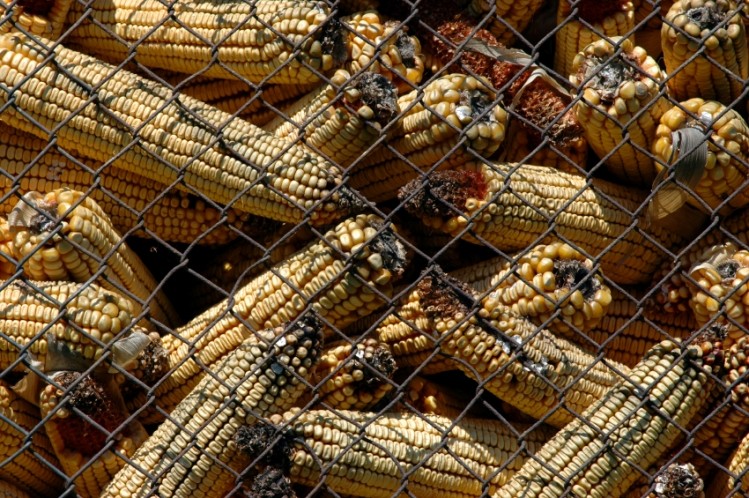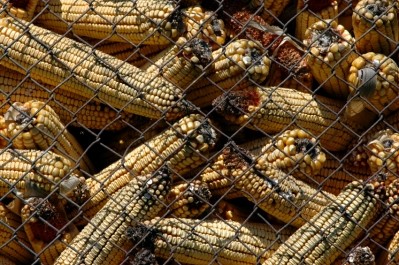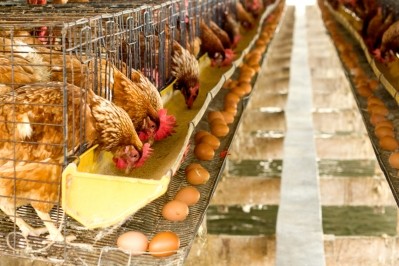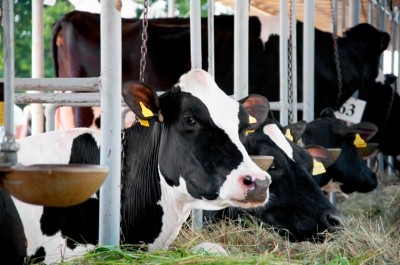Hike in mycotoxin threat for ruminants in US: Alltech

North American corn silage samples are continuing to test positive for levels of Type A Trichothecene mycotoxins, or T-2 group mycotoxins, and levels have been increasing, said Max Hawkins, mycotoxin management team nutritionist with Alltech.
“What we’re seeing, particularly on the ruminant side, is that we are seeing some increase in risk,” he told FeedNavigator. “The DON [deoxynivalenol] class of toxins, that has remained constant from harvest to today, but when we look at T2, we’ve seen a pretty dramatic increase from where we were at harvest time to where we are today.”
In September, levels of the mycotoxin found in silage samples were about 33.18 parts per billion (ppb) and that has increased to 86.38ppb by February, said company officials. The mycotoxin has been found in about 46% of samples submitted.
Samples including the elevated levels have come from across the US and parts of Canada, said Hawkins.
“We can have them every year, but we see them at higher levels than we traditionally see,” he said. “We’ll continue to monitor this and get new information out.”
Mycotoxin details
The T2 mycotoxins are generated by Fusarium molds and when included in a ruminant total mixed ration can reduce dry matter intake, weight gain and can cause hemorrhages or difficulties with estrus, conception and embryo survival, said Alltech.
“We’re always concerned about lowering milk production due to feed intake,” said Hawkins. “As we get into the trichothecenes, they have a strong irritant to gut and organ health and general animal health – they’re very potent mycotoxins.”
There may be additional challenges when the weather starts to reach consistent temperatures of 50 degrees Fahrenheit or warmer, he said.
“Everything that’s in the Type A group we’re seeing elevated,” said Hawkins. “It’s going to be interesting in the next 30-50 days as to what we see.”
The sample review looked primarily at challenges for cattle and dairy cows, he said.
The T2 mycotoxins are made by several different soil-based molds, he said. But, those molds can be stored with corn silage when it is harvested in the fall.
“Once that corn silage is in storage and the environment is correct in terms of temperature, and moisture, and oxygen, that mold can begin to flourish and produce more mycotoxins,” he said.
There also can be an additive effect with mycotoxins, he said. This year’s crop had some initial risk and has continued to have it increase.
Prevention and accommodation
In response to the elevated risk, Hawkins said that producers should watch their herds for any signs of decreased performance or reduction in animal health.
Having samples of forages tested as a preventive step also can locate mycotoxins present in the feed, he said, and give producers a picture of what risks they have.
“Once they have that, we can make recommendations,” he said. “[We] realize they still need to feed.”
But, the company can help provide options for mitigating risk, said Hawkins, most of the time the feed ingredients can still be used if a proper program is put in place.










